Introduction
Monocrystalline solar panels are a powerful tool in our quest for a sustainable future. They harness the sun's abundant energy, offering a clean, renewable alternative to conventional electricity. This article explores the world of monocrystalline solar panels, discussing their manufacturing process, benefits, costs, and their role in promoting sustainability.
Understanding Solar Energy and Its Importance
Solar energy, harnessed from sunlight, is a potent and sustainable resource. It can provide heat, light, and power for homes and buildings. With the sun's energy striking the earth continuously, solar energy is a free, clean resource that can replace conventional electricity, playing a crucial role in our pursuit of a clean energy future.
What are Monocrystalline Solar Panels?
Monocrystalline solar panels, often known as mono panels, are made from monocrystalline solar cells. Each cell is a slice of a single crystal of silicon, specifically grown for solar panel creation. These panels are recognized for their high efficiency and unique octagonal shape, which allows for maximum placement on the panel, minimizing wasted space.
The Manufacturing Process of Monocrystalline Solar Panels
Monocrystalline solar cells are created by slicing a single piece of silicon into thin wafers and assembling them into rectangular arrays. This process ensures superior efficiency, allowing monocrystalline solar panels to generate more energy per square foot than other types of solar cells.
Benefits of Monocrystalline Solar Panels
Monocrystalline solar panels offer several benefits. They are highly efficient, ideal for areas where space is limited, and perform well in areas of lower sunlight and extreme heat. Their dark hue allows them to blend into the background better than other types of panels, providing an aesthetic advantage.
Efficiency
Monocrystalline panels are renowned for their efficiency. They can convert 15% to 25% of the sunlight they absorb into usable energy. This high efficiency is a result of using a single silicon crystal in their construction, which enhances the energy conversion process.
Longevity
Monocrystalline solar panels are known for their longevity. According to the American Solar Energy Society, monocrystalline panels can last up to 40 years, significantly longer than their polycrystalline counterparts. Their high-quality construction and excellent production capabilities make them a durable and reliable choice for solar energy.
Aesthetics
Monocrystalline solar panels are a popular choice for homeowners due to their aesthetic appeal. Made from a single crystal structure, they offer a uniform, sleek black color that blends well with most roofs. These panels are not only efficient but also provide a modern, luxurious feel to your home.
Space Efficiency
Monocrystalline solar panels are designed for space efficiency. The manufacturing process involves growing a single silicon crystal in a lab and forming it into a cylinder shape called an ingot. This process allows more crystalline silicon cells to fit into a solar panel, eliminating wasted space between cells.
Investing in Monocrystalline Solar Panels: Costs and Returns
Monocrystalline solar panels are more efficient but also more expensive. Despite the higher upfront cost, their superior efficiency and longer lifespan mean you'll save significant money on your electricity bills over time, providing a higher return on your investment. However, the cost of solar panels increased in 2023 due to inflation and supply chain issues. Therefore, any investment in a solar panel system requires a balance between upfront costs and long-term savings.
Monocrystalline Solar Panels and Sustainability
Monocrystalline solar panels are known for their high energy efficiency, making them a popular choice among homeowners and businesses. However, their manufacturing process involves slicing a single crystal of silicon, resulting in higher production costs and energy consumption. Despite these challenges, the energy payback time for monocrystalline panels is relatively short, typically around 1-2 years. The efficiency of monocrystalline panels means fewer panels need to be manufactured, reducing overall resource consumption. Therefore, they emerge as a sustainable option for a greener future.
Conclusion
Monocrystalline solar panels, with their high efficiency, longevity, aesthetic appeal, and space efficiency, present a compelling case for a green investment. Despite their higher upfront cost, their superior performance and longer lifespan ensure significant savings in the long run, making them a worthwhile investment. Moreover, their manufacturing process, while energy-intensive, has a relatively short energy payback time, further enhancing their sustainability credentials. Investing in monocrystalline solar panels is not just a step towards energy independence, but also a stride towards a sustainable and greener future.





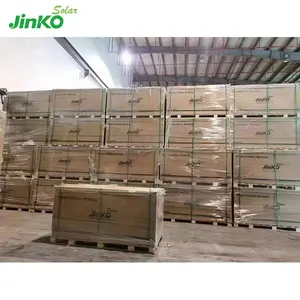














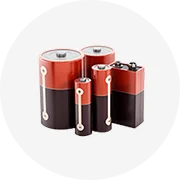
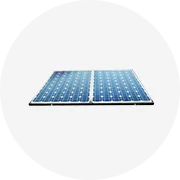
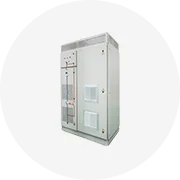
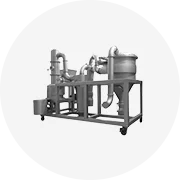


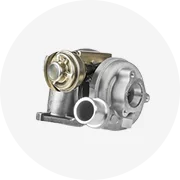
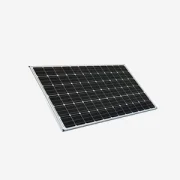








 浙公网安备 33010002000092号
浙公网安备 33010002000092号 浙B2-20120091-4
浙B2-20120091-4